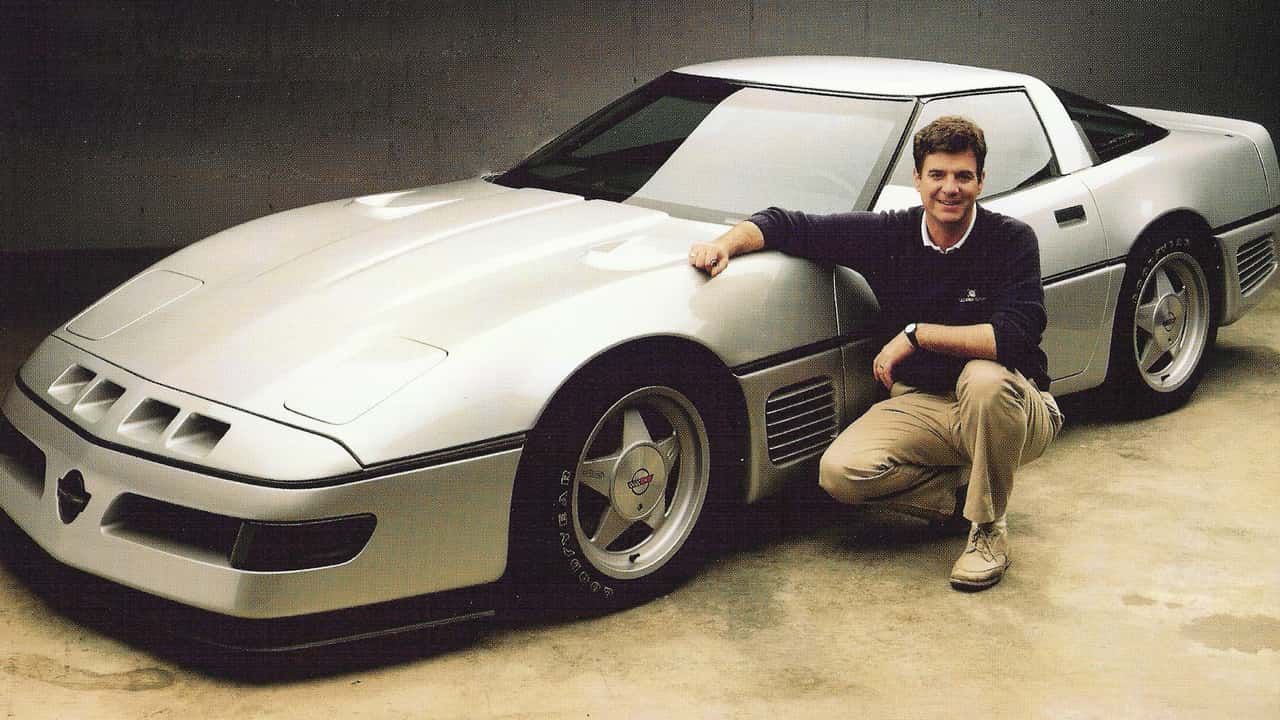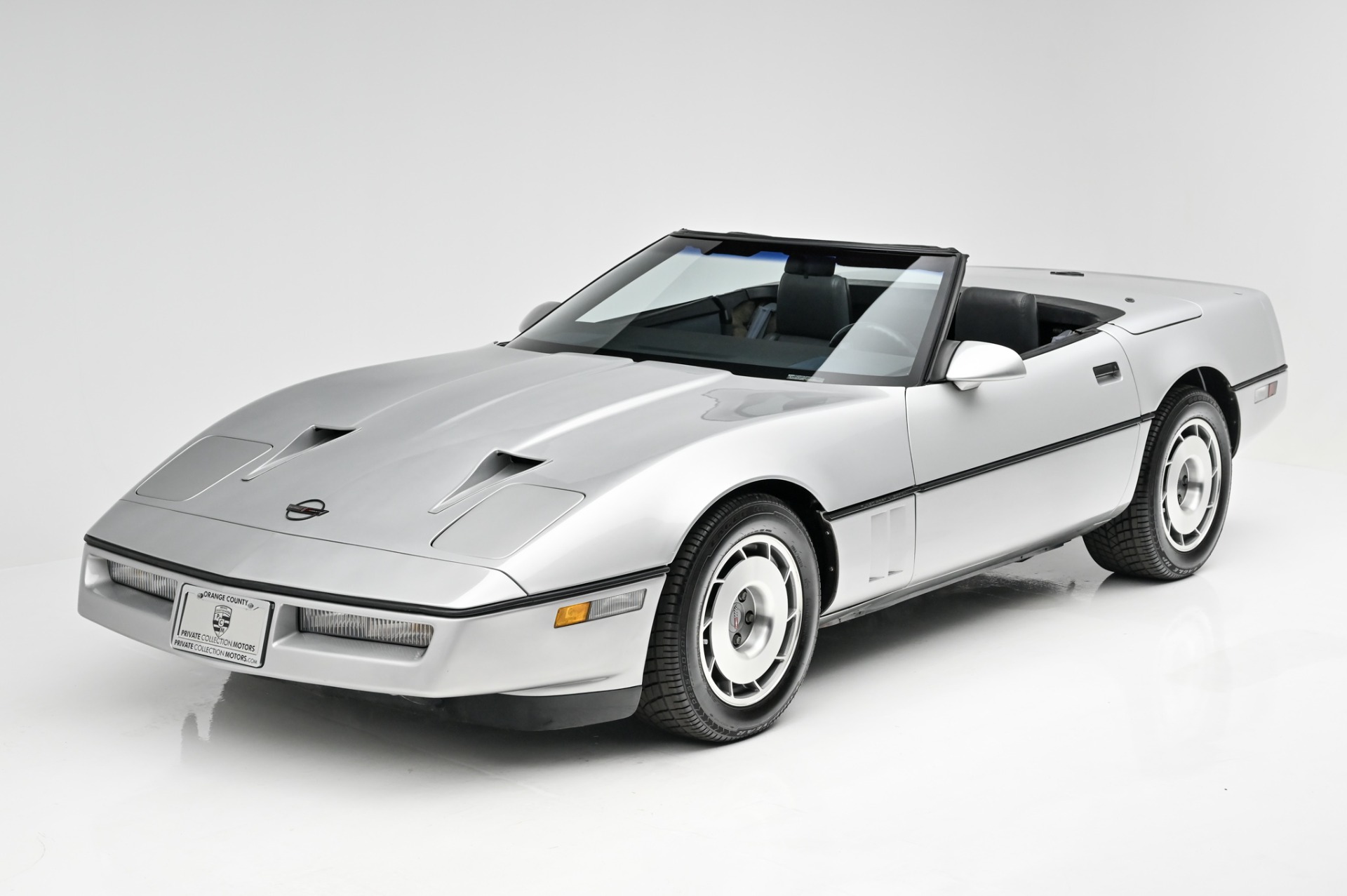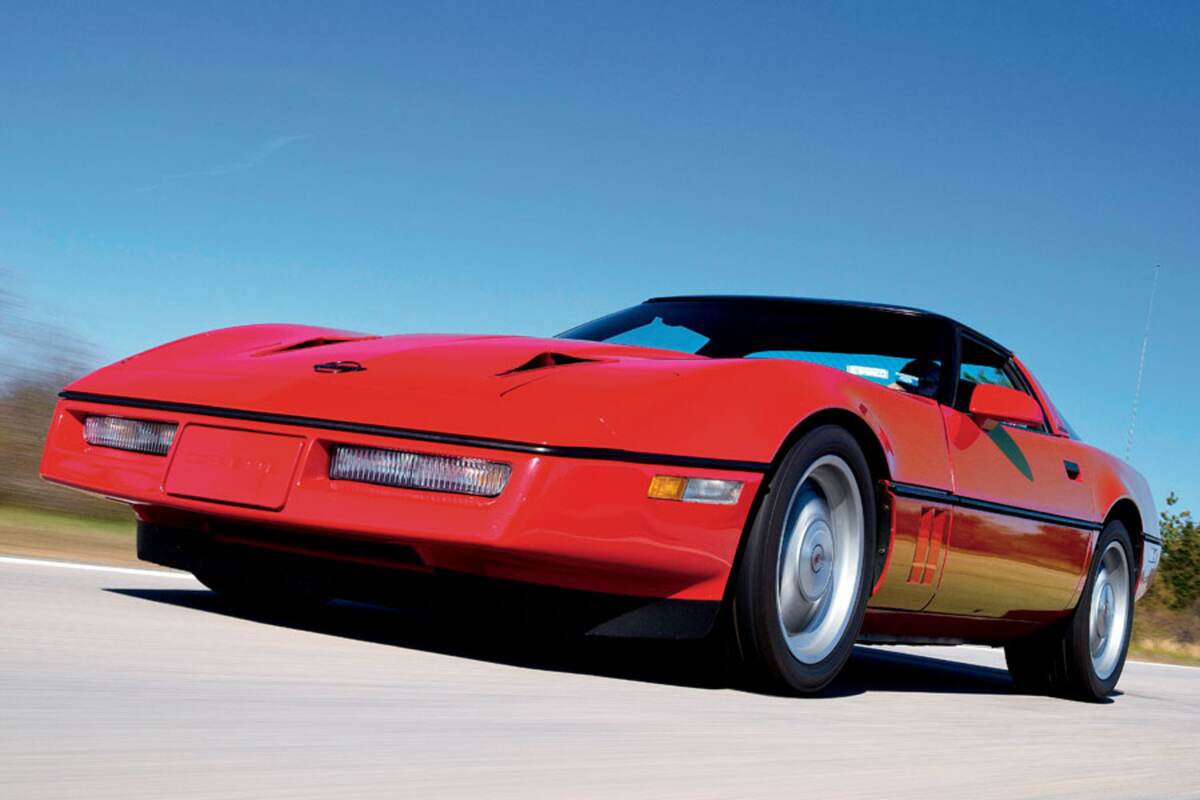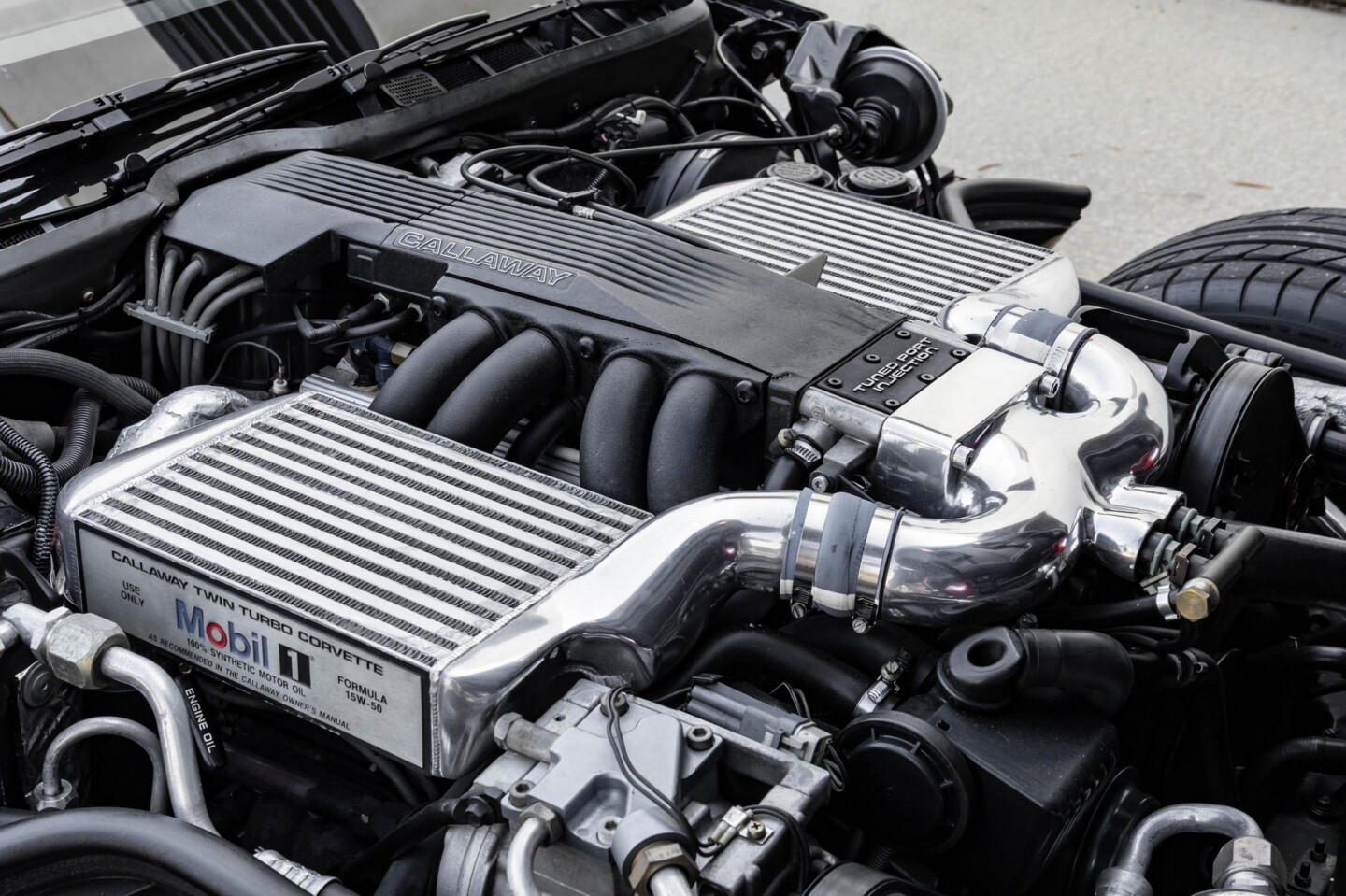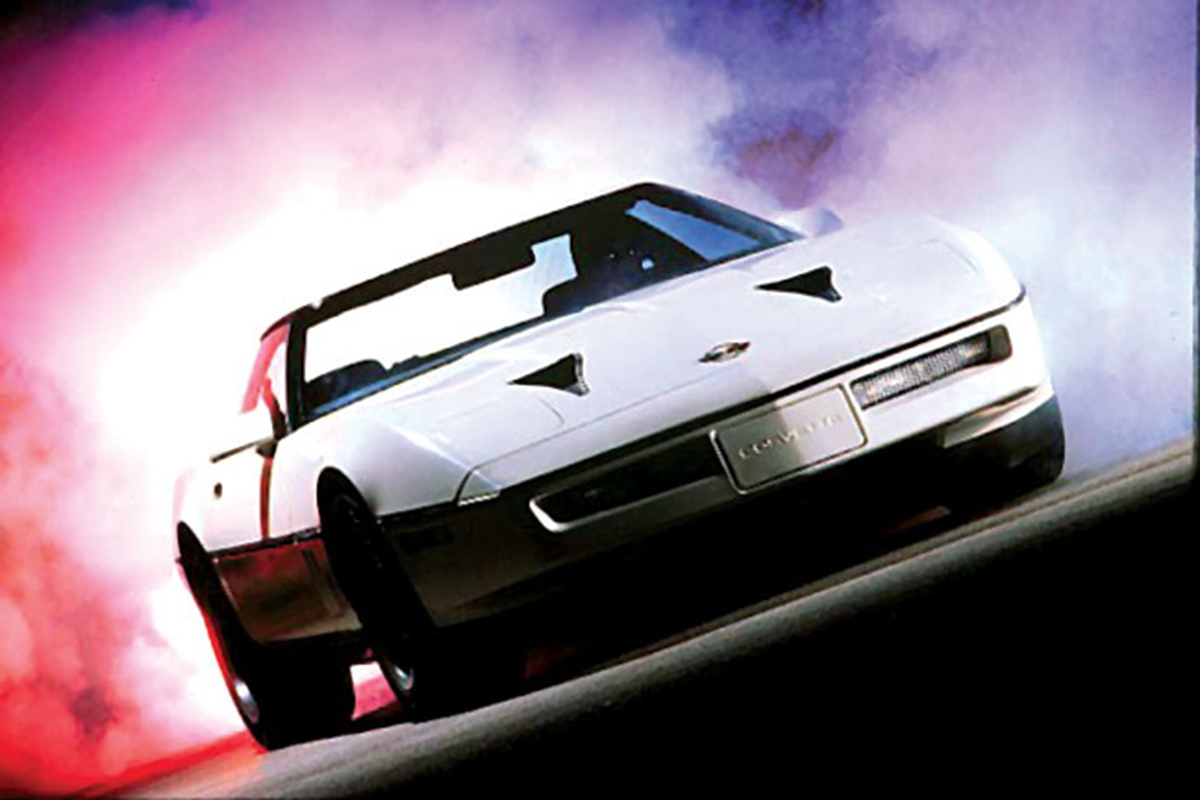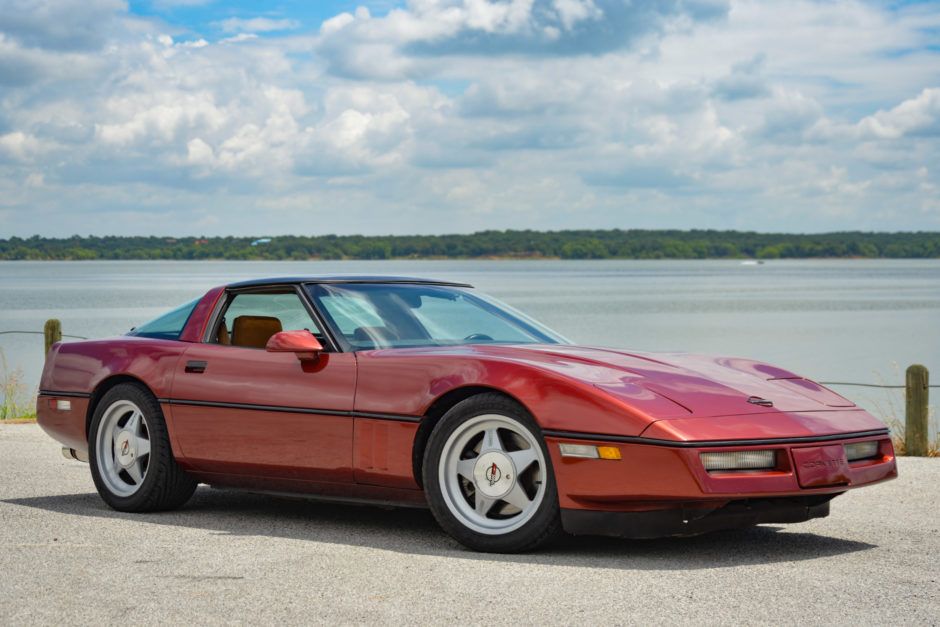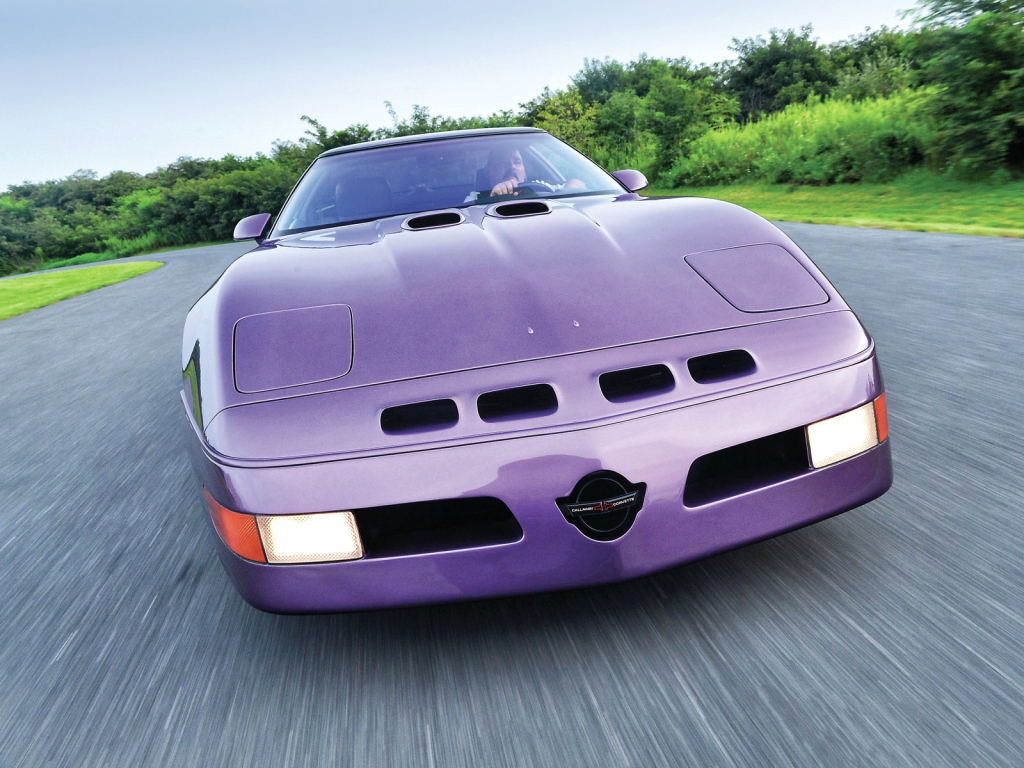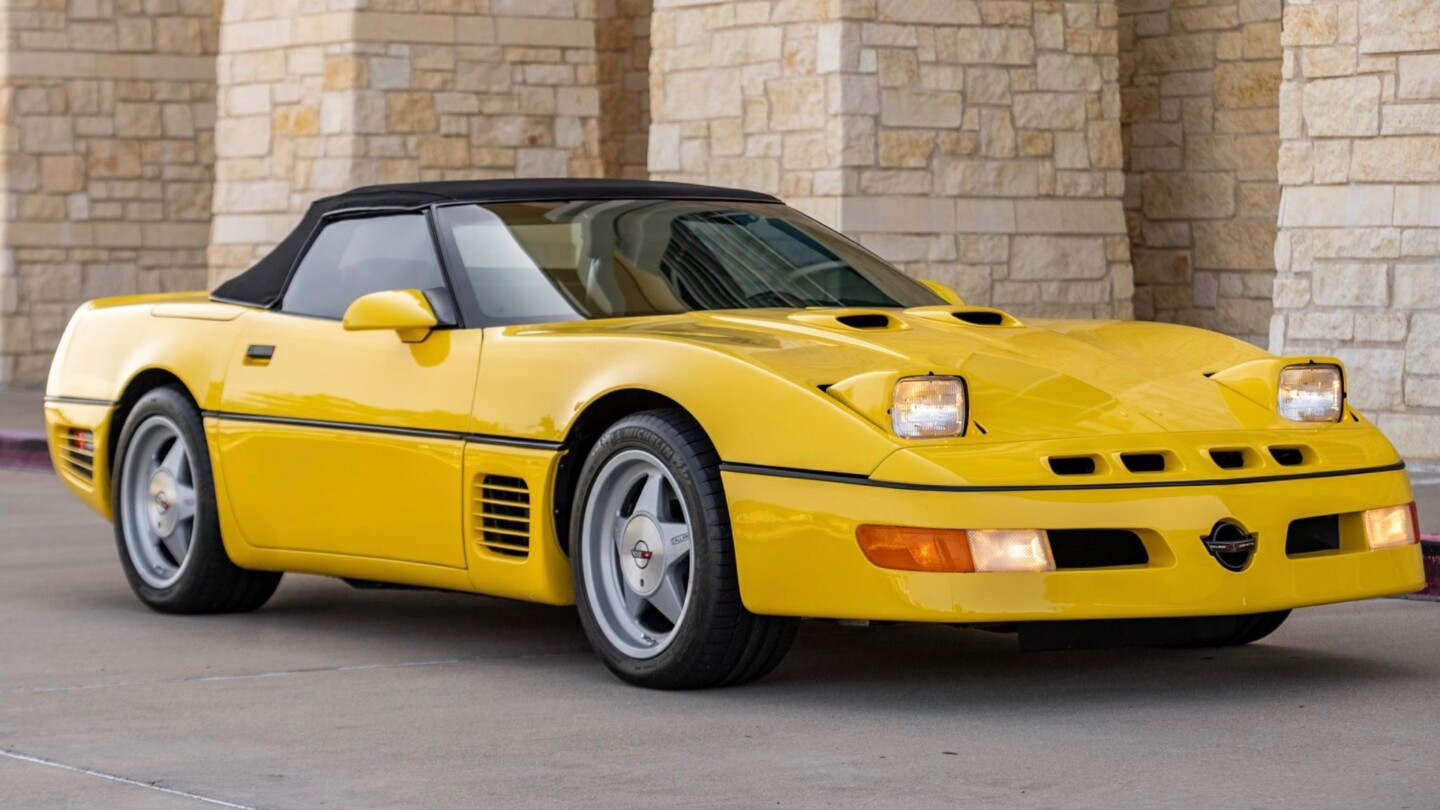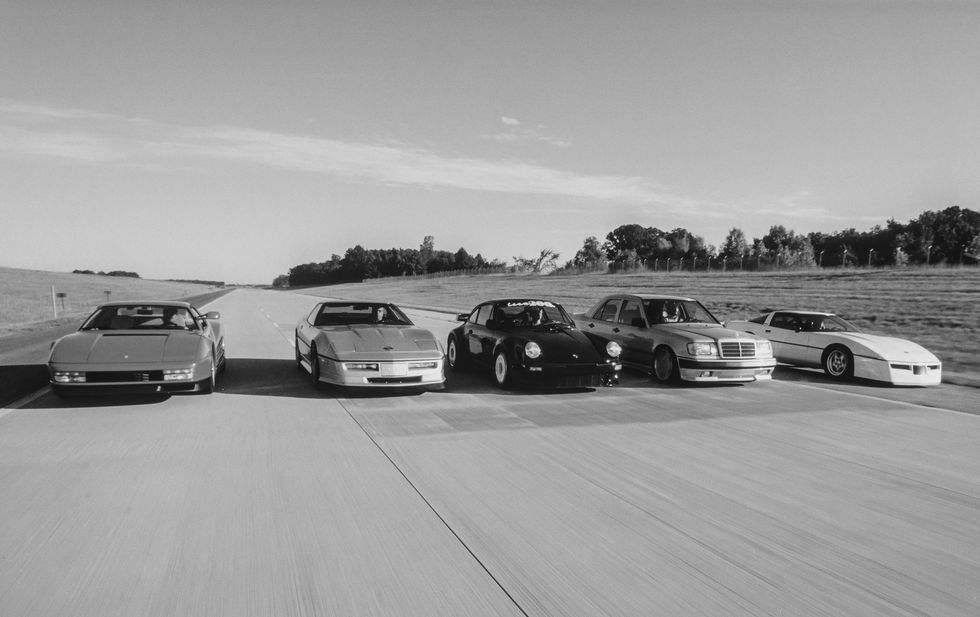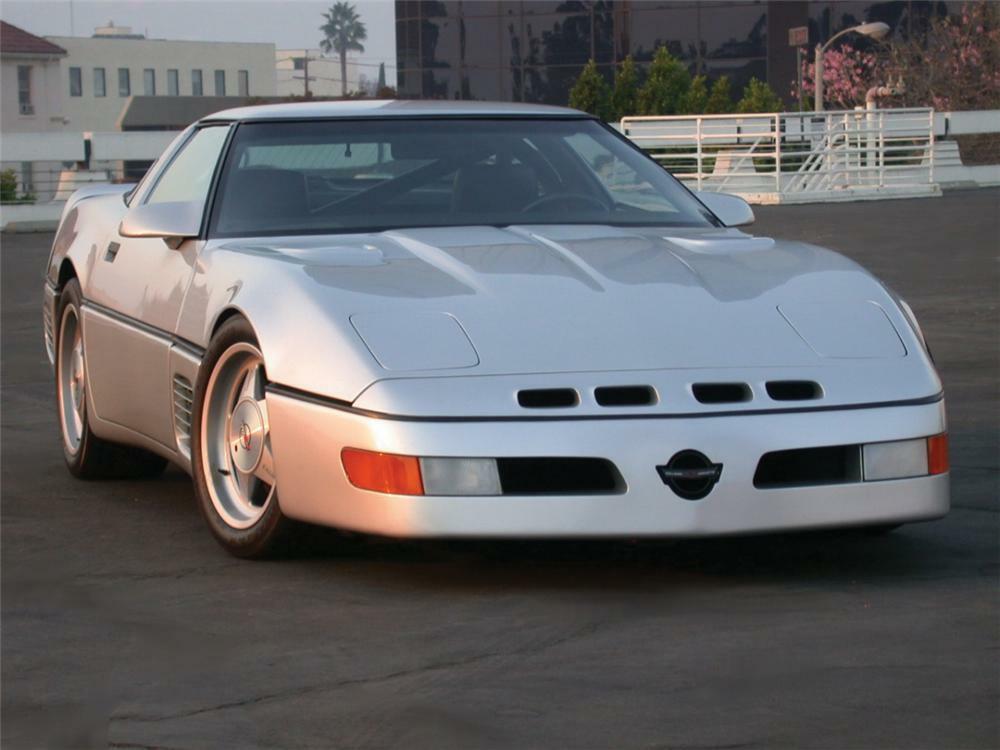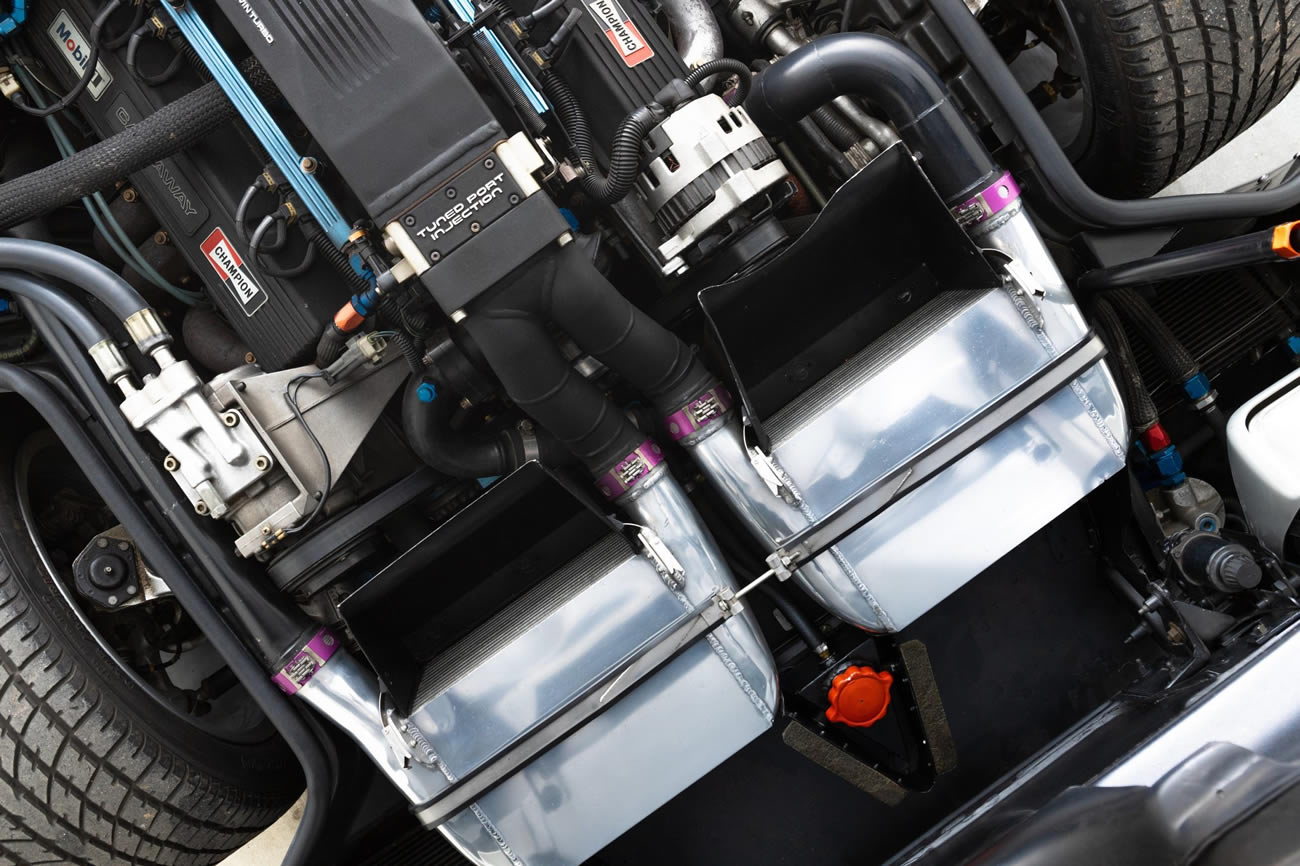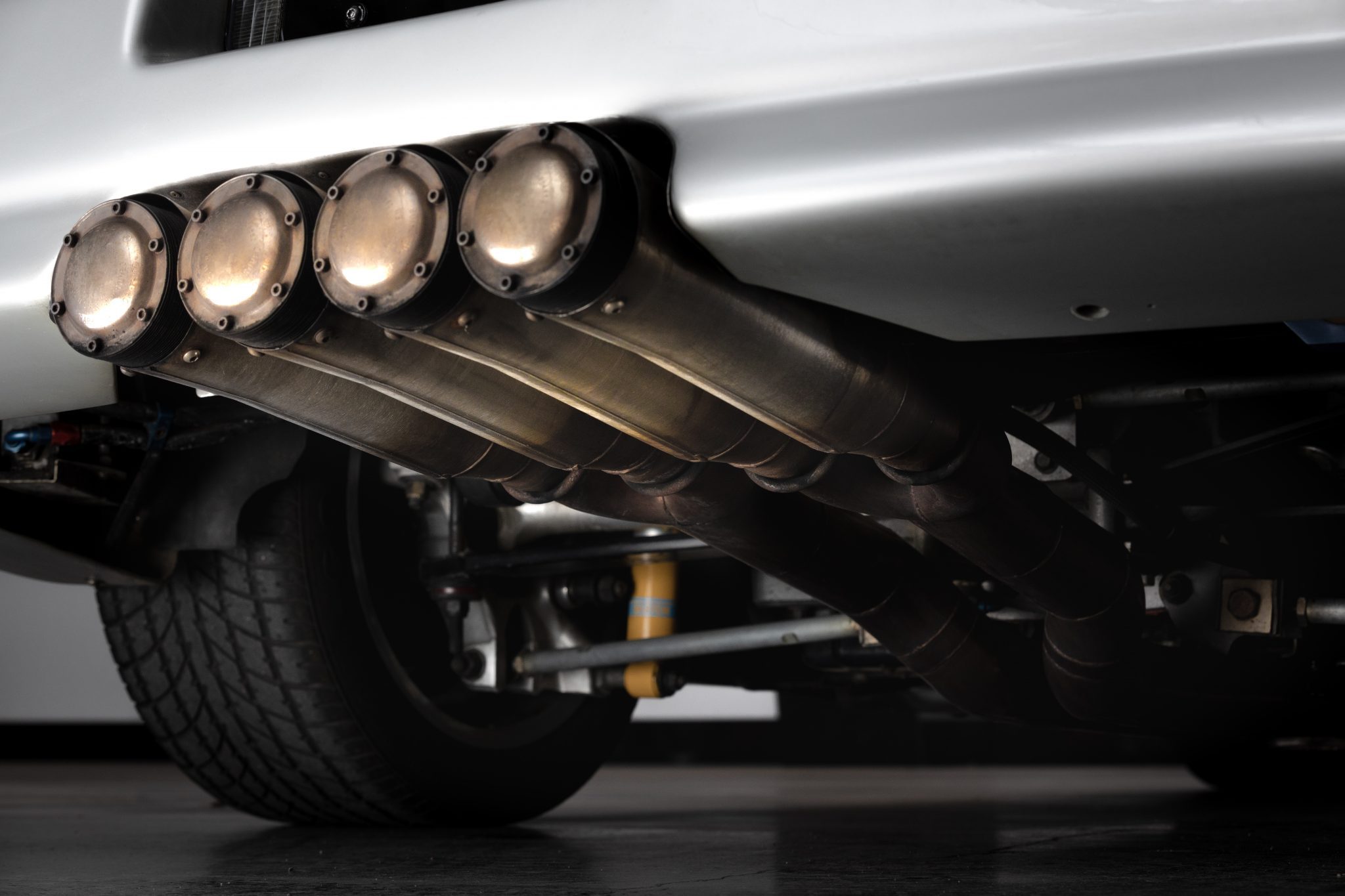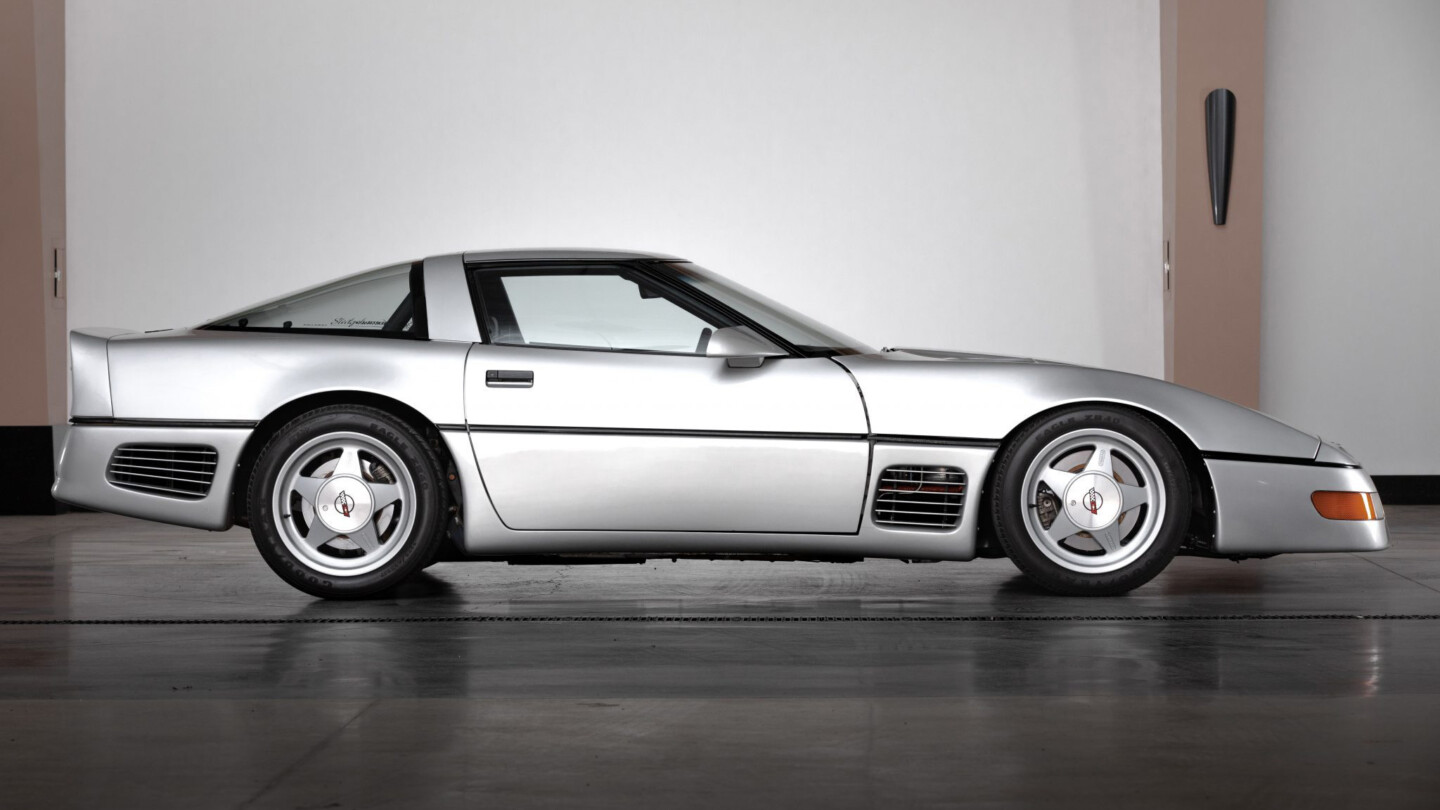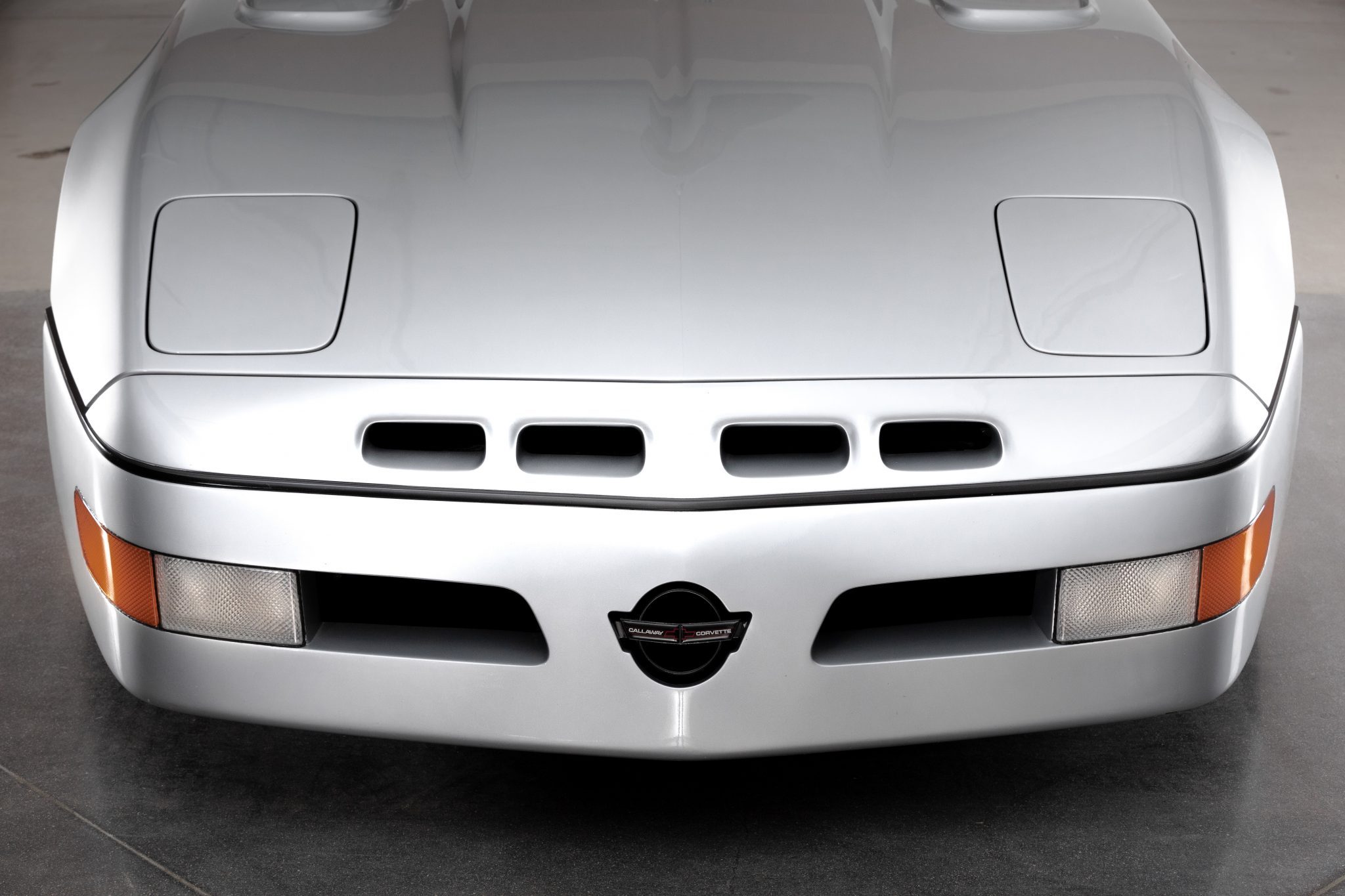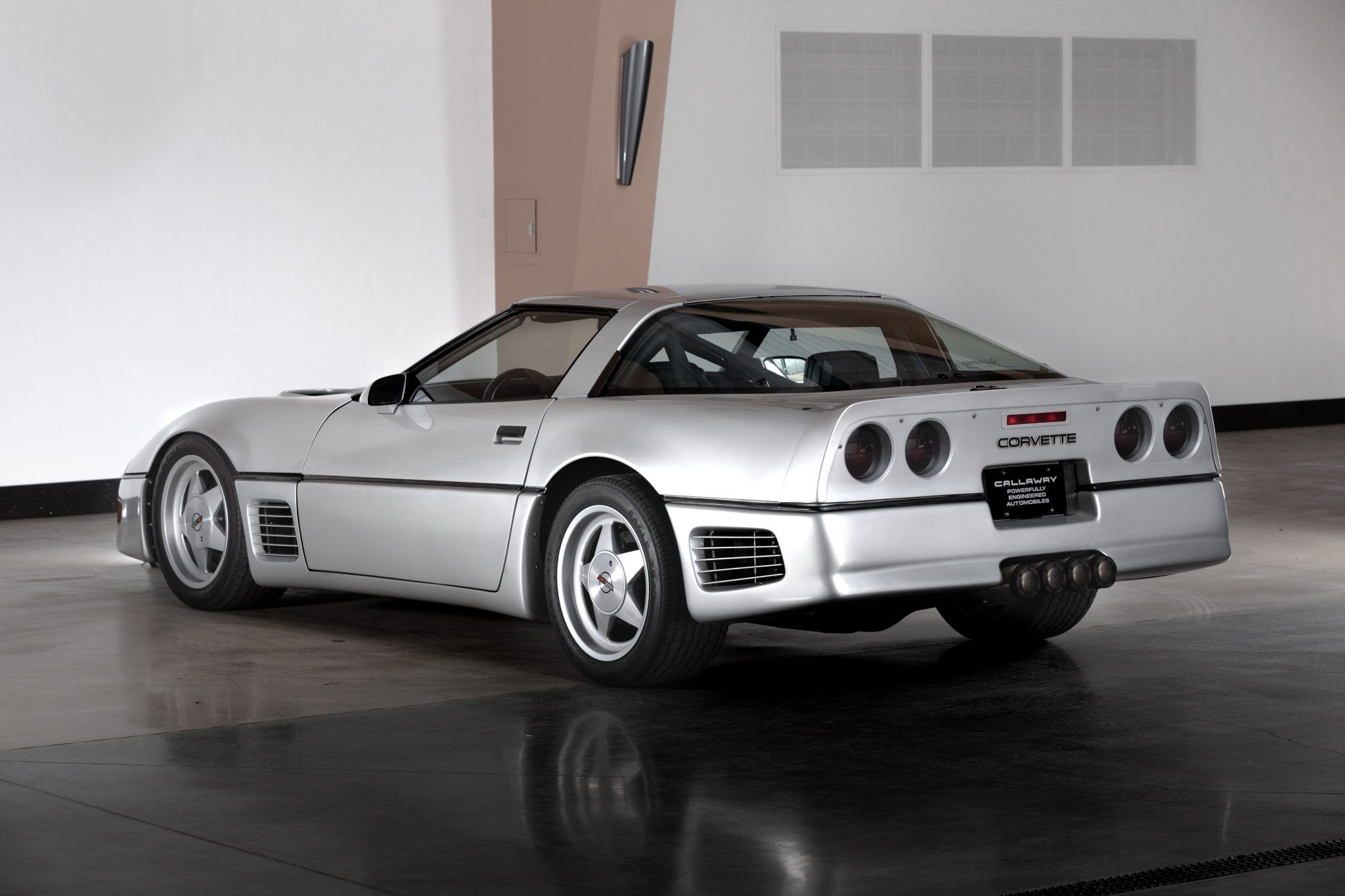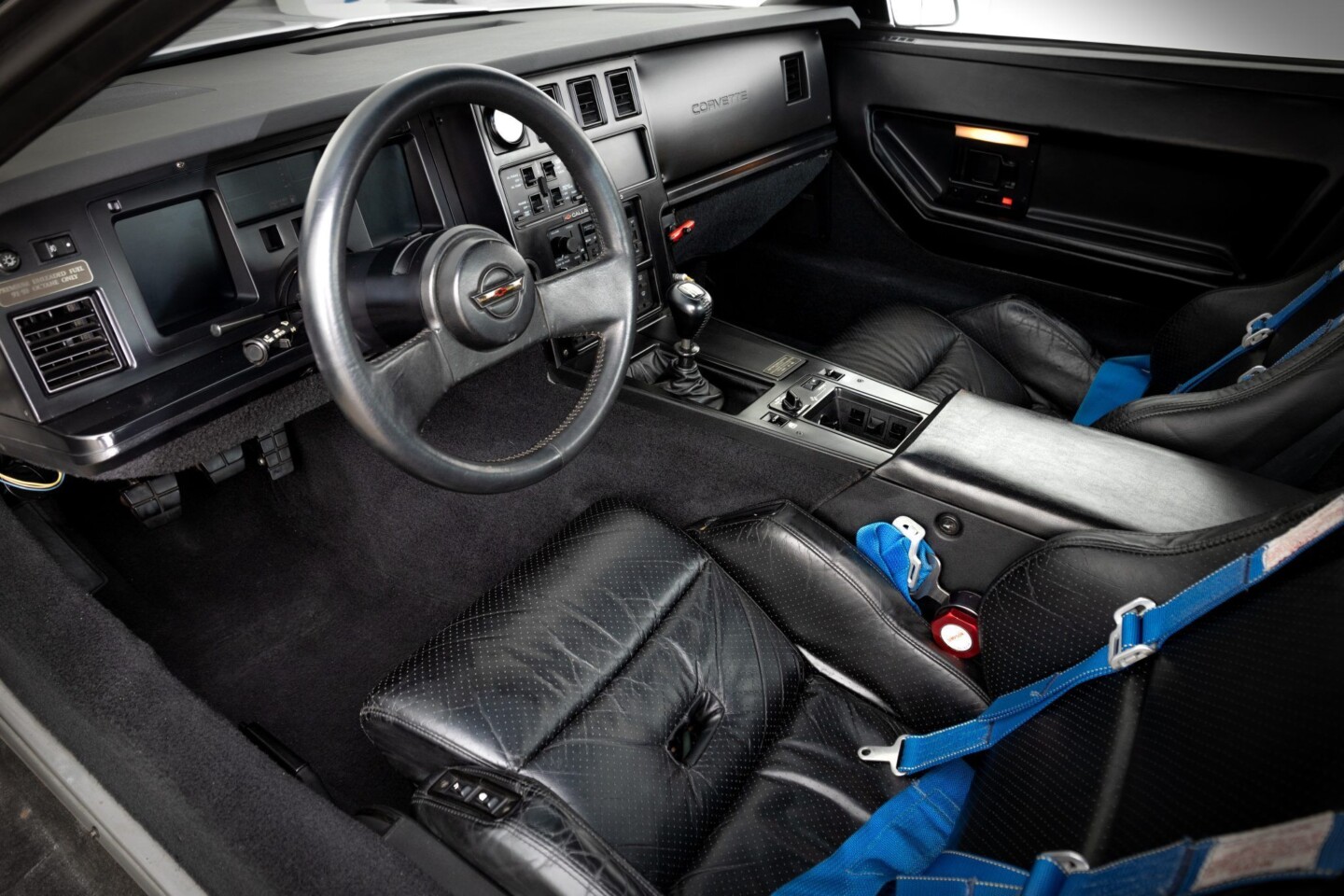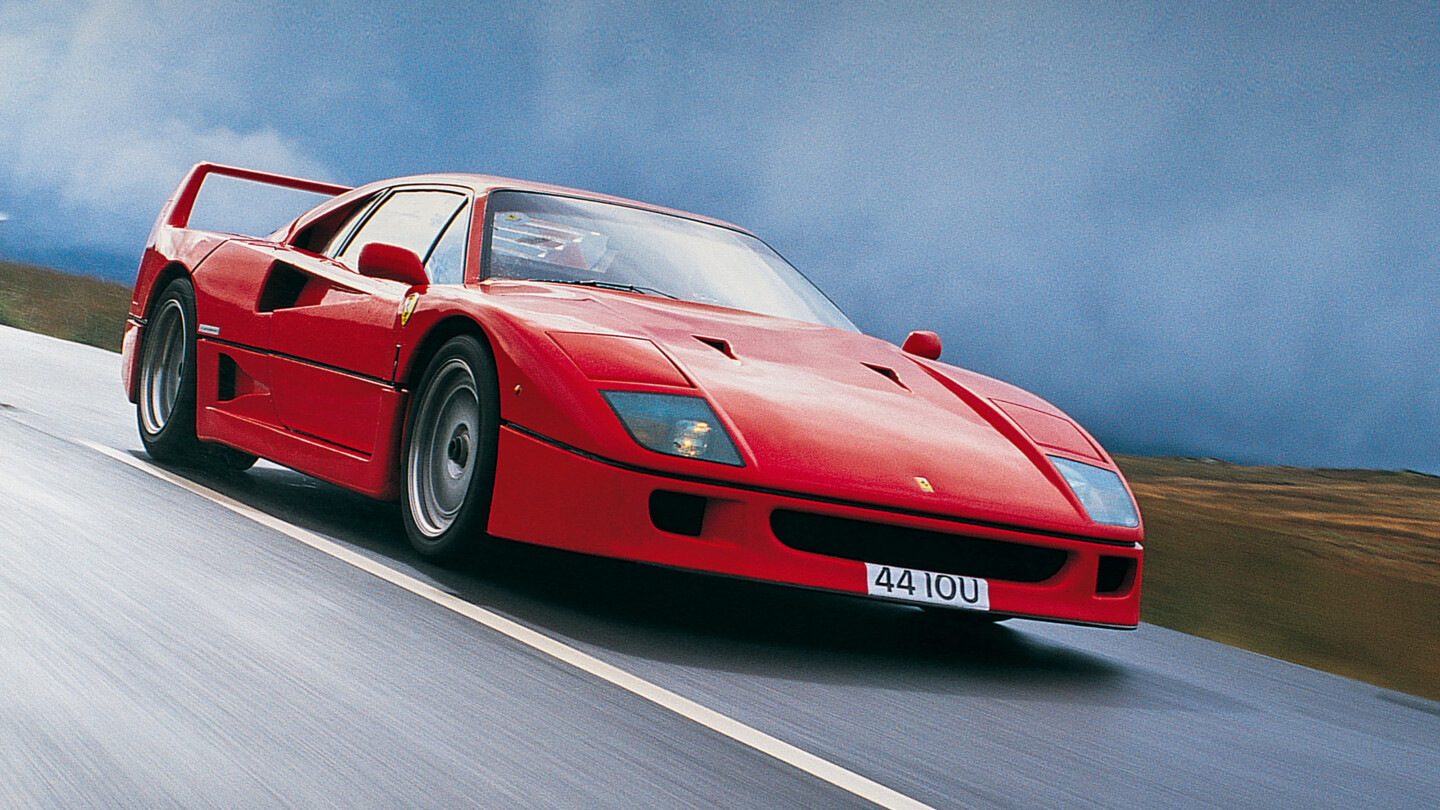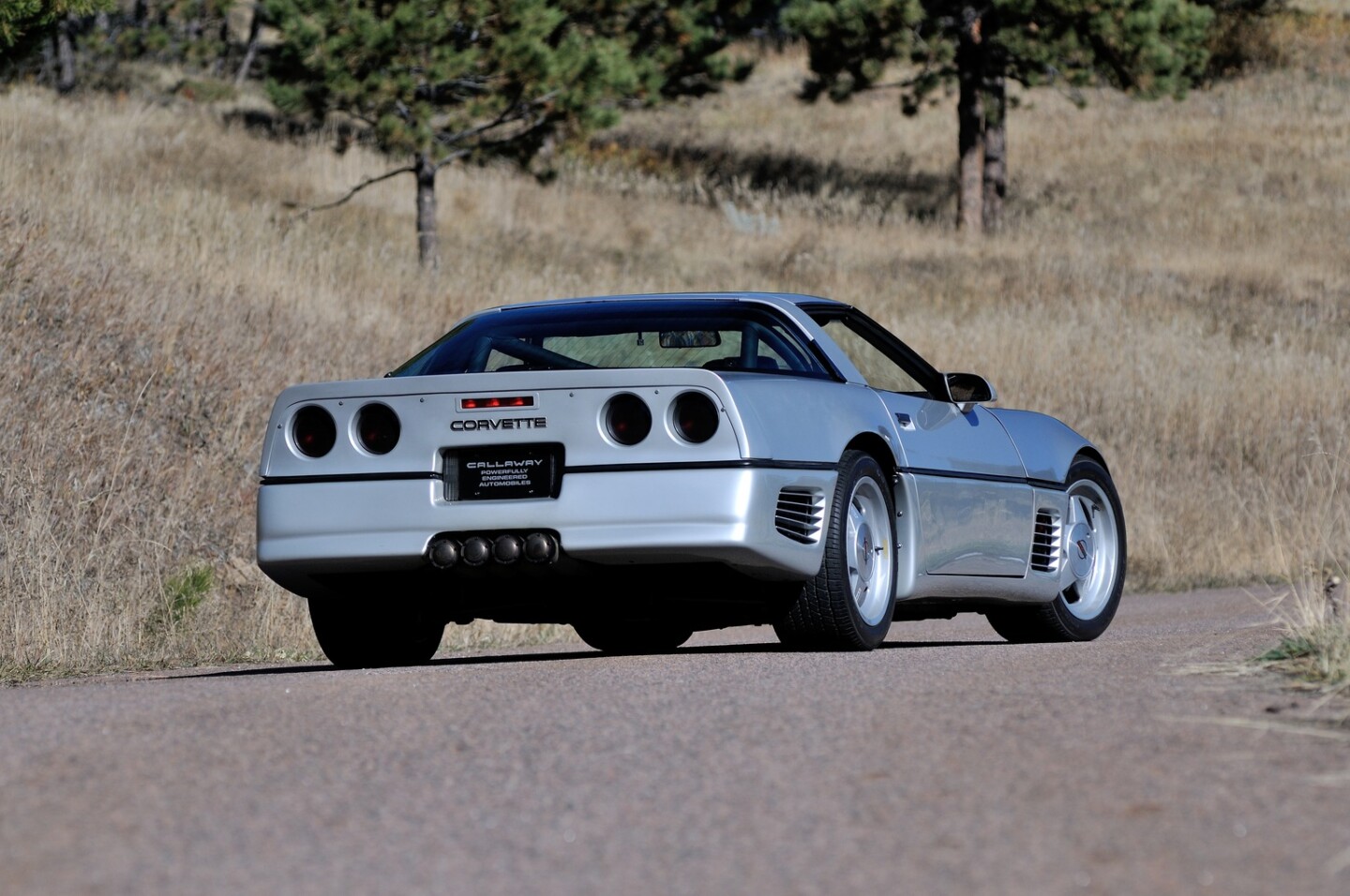Since its earliest days, America’s sportscar, the Corvette, has been the template for countless hot rodders and high-performance gurus wanting to push the envelope of what a vehicle can do. For recently departed Reeves Callaway (1947-2023), that template was the C4 Corvette and the envelope would be completely torn to shreds.
Turbo Timeline: Beginnings
If you’re a Vette person or car enthusiast, you’ve definitely heard the name Callaway. Reeves Callaway’s legacy began with aspirations of being a professional racer, but a lack of the necessary capital led him to teach others how to drive fast at the esteemed Bob Bondurant driving school. During the 1970s, the school’s chosen steed was the BMW’s 3-Series, and Callaway became quite proficient with the little panzer on the track. Following his high-performance intuition, he eventually brought one of the Bimmers back to his shop in Old Lyme Connecticut, and fitted his first prototype turbocharger to the engine.
After a glowing Car and Driver article, highlighting the new turbo kit, Callaway Cars, Inc. was formed in 1977. For the next decade, Callaway applied his spooling science to the full range of Deutschland’s finest, including Audi, BMW, Mercedes, Porsche, and VW. In 1983, Alpha Romeo came calling with their GTV-6 coupe. Callaway answered, by doubling his efforts and the induction, with his first twin-turbocharged setup. The incredible performance boost displayed by the Italian GT car drew the attention and admiration of Corvette Chief Engineer Dave McLellan. This would lead to Callaway’s real claim to fame and some of the fastest Corvettes ever built.
Callaway Twin-Turbo Corvette
In 1987, Callaway introduced the twin-turbo engine option package for the C4 Corvette. As a testament to his turbocharged talents, it became the first and only factory-ordered, non-GM-installed performance upgrade in Corvette history. By checking the order sheet box marked RPO-B2K, and forking over an additional $20,000 atop the cost of an ’87 Vette, your plastic fantastic would be dropped shipped to Callaway’s Connecticut facility for its twin-turbo transition, then back to the dealer for delivery.
Along with fitting the double hairdryers, intercoolers, and everything else, the L98 motor was stripped and reworked with four-bolt mains, a heavy-duty forged crankshaft, rods, pistons, stainless steel intake valves, and upgraded fuel delivery. Early examples of the Callaway-modified Corvettes donned the iconic Callaway-specific hood, with contoured air-intake scoops, and wore Dymag magnesium five-star-design wheels.
Power for first-year B2K Corvettes was 345-hp/465-lb-ft from a seemingly low, but twin-turbo-necessary 7.5:1 compression ratio. The increase in performance over a stock 5.7L V8-powered Vette (240-hp/345-lb-ft, 0-60-mph-5.9-seconds and a top speed of 150 MPH) was considerable. Callaway’s twin-turbo cars reached 60 MPH in under five seconds and hit a top speed of 178 MPH. The full Chevrolet factory warranty was still valid, except for powertrain, which was covered by Callaway for 12 months or 12,000 miles.
For 1988, the cost of the B2K option went up to $27,000, but so did the output, now at a whopping 382 horsepower, and an inconceivable for the day 562 lb-ft of torque. A heavy-duty upgraded Hydra-Matic 400 truck transmission was available for this model year, along with the Z51 or Z52 suspensions, bigger brakes, and free-flow mufflers became standard fare. In 1989 buyers could score the full Aero body kit that was fitted on the famous “Sledgehammer” Corvette.
By the final year of the B2K option in 1991, power was at an incredible 403 horsepower and 575 lb-ft of torque at a cost of $33,000. Although it was very special and super-fast for its day, or any day for that matter, only 509 Callaway Corvettes were built. Many cite their similar price, and overall performance to the C4 ZR1 as the reason these cars didn’t see more robust sales. However, you slice it, the twin-turbo Callaway Corvettes are on that short list of greatest Vettes of all time, and share their lineage with one of the fastest road cars ever built.
Top Gun: The Precursor
Even as the first B2K Vettes were hitting the road, Reeves Callaway had even greater forced-induction aspirations in mind. In 1987, he put his twin turbos where his mouth was, running two highly-tuned C4s in the “Gathering of Eagles” top-speed shootout held at Ohio’s 7.5-mile Transportation Research Center (TRC) oval track. The goal was to reveal the fastest street-legal road cars in America and see which, if any, could approach, achieve, or eclipse the coveted 200-mph mark. The competition included a Ferrari Testarossa, Porsche 911, and AMG’s own Hammer.
Callaway’s first entry, a twin-turbocharged Corvette that was similar to the B2K cars went first. Callaway’s team outfitted this car’s turbos with larger turbo housings, to increase top-end performance. A makeshift water-spray system for greater intake cooling was also added to the car. A new air dam and rocker skirts were bolted on for better aerodynamics. This car achieved a top speed of 195.5 MPH, and an average of 191.7 MPH, good enough to earn a fourth-place finish.
The other C4 Callaway massaged was called “Top Gun”, and it was the test bed for what would become the Sledgehammer. This Vette was powered by a 355 cubic-inch Bow Tie block, topped with Brodix cylinder heads, a new intake system, upgraded GM EFI, dry sump oiling, and larger RAYJAY turbos. This car also had two expansive front-mounted intercoolers right behind the fascia, instead of flanking the top of the motor. An aggressive front fascia air dam was the only aero application. Callaway was hunting for 1,000 horsepower with this combination. Legend has it, with the dailed-up, the car laid down 900 horsepower. For the top speed run, Callaway turned down the boost and the engine made 712 horsepower.
Reeves Callaway himself piloted the Top Gun around the TRC oval to a tune of 214 MPH. Convinced his super C4 had more, on the second run, he flashed through the traps at an incredible 231 MPH. With an average of 222.4 MPH, the Callaway Top Gun Corvette took first place. But that wasn’t the end of it, not by a long shot.
The Heaviest-Hitter: Sledgehammer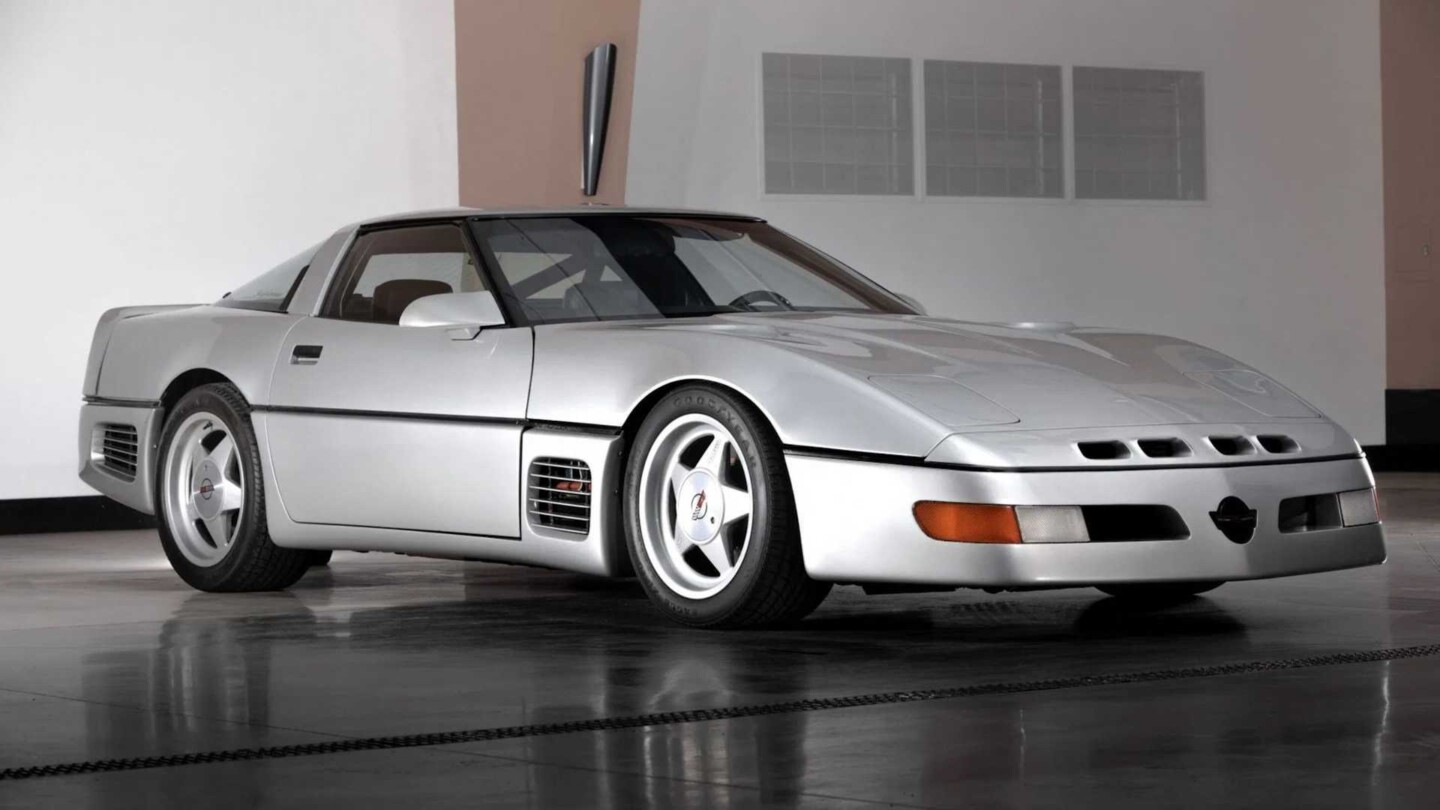
If the one thing you take from this article is the understanding that Reeves Callaway was not easily satisfied, that would be accurate. Although the B2K C4s were selling, and the Top Gun Vette had just soared way past 200 MPH, Callaway now set his sights and dyno on an even loftier of hitting goal 250 MPH. Project Sledgehammer would be Callaway’s all-out effort to best his own performance and much more. Callaway wanted to smash the road car speed record and prove to GM that a street-legal Corvette could attain and hold the title as the fastest car in the world, over any and all of Europe’s best.
Callaway’s journey towards legendary status began with a new B2K car, fitted with a hand-built and blueprinted Bow Tie V8 block that featured splayed four-bolt mains. Technical and engineering assistance came from another famed Vette man and NHRA racing legend, John Lingenfelter. The Sledgehammer’s mill received a Cosworth crankshaft, forged rods, forged Mahle pistons, and a mild custom camshaft for real-world drivability. The engine also had Brodix cylinder heads, MSD ignition, a Zyteck ECU, and a dry sump lubrication system. The twin turbochargers were upgraded Turbonetics T04B units, with the same, massive forward-mounted intercoolers from the Top Gun. Many sections of the front frame needed to be notched to make everything fit nicely and to OEM specs. A set of stainless-steel headers flowing to quad-exit Super Trapp diffuser disc mufflers took care of the exhaust.
Through the factory Doug Nash five-speed transmission, the car laid down a whopping 898 horsepower and 772-lb-ft of torque at 22 pounds of boost. 35 years later and even by today’s supercar standards, the car’s performance remains impressive with a 3.9-second zero to 60 time, and a blistering 10.60 1/4-mile effort at 146 MPH. But, none of that was the crux of the Sledgehammer’s existence, its superlative was always about top speed according to Callaway.
With lessons learned from the Gathering of Eagles, Callaway sought to fine-tune every aspect of the Sledgehammer, not just its powerful twin-turbo engine. To get all the power to the ground, the Vette was equipped with GM’s new Selective Ride Control (FX3) electronic adjustable damping system. Another accomplished racer, Carrol Smith, led the team that tuned the suspension, lowering it one inch, installing Koni shocks, and relocating the lower control arms. It all met the tarmac via the 17-inch magnesium Dymag five-star wheels wrapped in one-off Goodyear Eagle ZR40 tires, specifically designed for speeds up to 300 MPH.
Perhaps the most crucial part of the Sledgehammer’s unreal velocity is its unique aerodynamic bodywork. Formed by Canadian designer Paul Deutschman, the aero body kit includes specific front and rear fascias, hood, and rockers. Everything was slotted and vented to reduce drag, limit lift, and increase cooling airflow. Even the surround of the snout-mounted Corvette emblem allows air to flow into the engine bay. This was the aero package that would become optional on the B2K cars.
Callaway was adamant that the Sledgehammer uphold the drivability and turn-key operation of all production Corvettes. He wanted it to be a supercar without quirks or a high-strung nature. The car needed to be capable of everyday driving, and have serious track capability. Therefore, all power options like air conditioning, the sound system, leather seats, and others were retained. The car also had a leather-wrapped roll cage and five-point racing harnesses for its occupants.
Taking it to the Limit: Track Day
Furthering the production car mantra, Callaway drove the Sledgehammer, without incident, the 700 miles from Old Lyme Connecticut, to the Transportation Research Center in Liberty, Ohio. He also drove it back, in the rain.
Even with the meticulous attention to detail put forth by Callaway’s team of talented techs, some issues needed to be addressed. A misfire at 135 MPH was traced to bad gas and gummed-up injectors. An oil leak materialized and was eradicated. The car’s inset front driving lights seemed to cause some wind resistance, which was solved with the high-tech application of Duck Tape.
On October 26, 1988, the Callaway Twin-Turbo Sledgehammer Corvette, driven by John Lingenfelter blew through the traps at an unreal 254.76 MPH. That effort laid waste to all competition and demolished the closed course speed record as the fastest road car in the world. This held for two decades, with some controversy.
As noted, although the Sledgehammer was based on a production B2K Corvette, only one was ever built. This somewhat excluded its dominating performance from the technical record, since the other cars that came close over the years were indeed production cars, no matter how limited they were in number.
Competitive Comparison:
Around the same time the Sledgehammer was bashing top speed records into dust, Ferrari was introducing one of its most iconic and formidable models the F40. Built to celebrate Ferrari’s 40th-Anniversary the winged wonder was the last prancing horse to be approved by Enzo Ferrari himself.
Like the Sledgehammer, the F40 is twin-turbocharged, albeit with a smaller 2.9L V8, and backed by a five-speed manual transmission. It also was built predominantly from lightweight composite materials like Kevlar and carbon fiber. A premium was put on aerodynamic design for cheating the wind and thermal control. The F40 makes 471 horsepower and 426 lb-ft of torque. The car can shoot to 60 MPH in 4.1 seconds, on the way to a 204 MPH top speed. As for weight, tips the scales at around 900 pounds less than Callaway’s mighty striking tool at only 2,700 pounds. A little over 1,300 F40s left Maranello, and only 213 immigrated to the United States with a starting price of $399,150.
So why compare these two ground-pounders? Reeves Callaway had every intention of offering the Sledgehammer as a limited-production option and felt it could start in the $80,000 price range.
Conclusion:
The real achievement and legacy of the Sledgehammer swings past its legendary 1988 top-speed performance. It stands as an example of American automotive greatness, in its day and forever. In an era, when European sports cars form Ferrari, Lamborghini, and Porsche, were revered as the world’s best performers and unattainable for most, the Callaway Twin-Turbo Corvettes, and the Sledgehammer bested them in all categories, including reliability and bang for the buck. It all came from the vision of one man. Rest in peace, Reeves Callaway and thank you.




